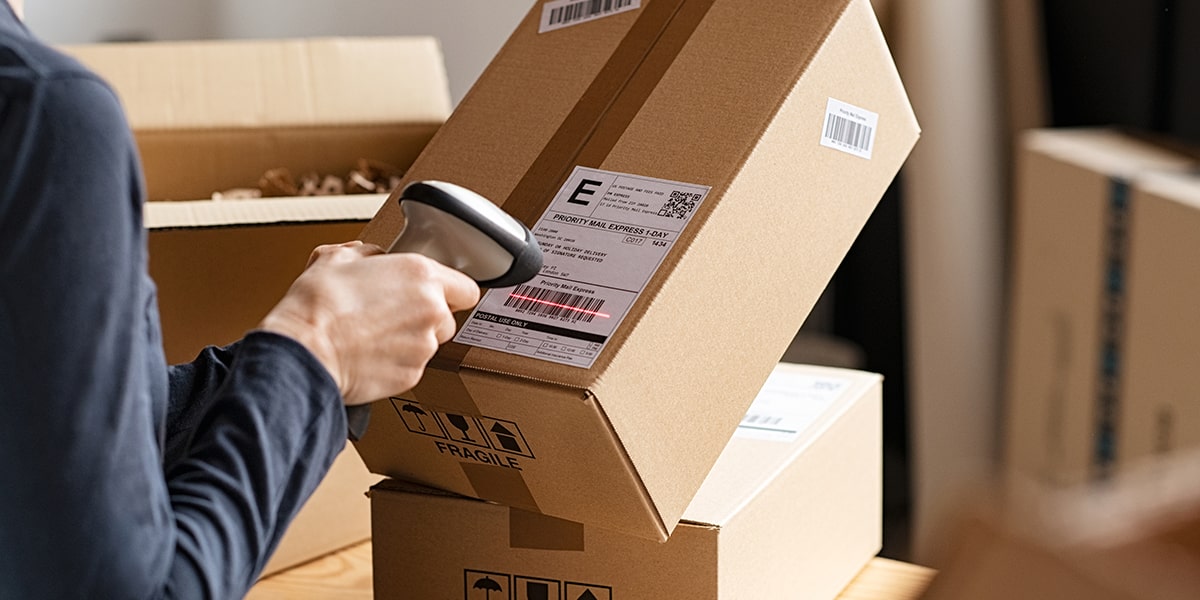Tear Resistance Testing of Packaging Materials
Understanding tear resistance is crucial in the consumer products and product safety testing sector. Packaging materials must not only protect the contents but also withstand various stresses during transport, handling, and storage without compromising the integrity of the packaging. This section explores the significance of tear resistance testing and its impact on ensuring compliance with relevant standards.
The quality managers and compliance officers in this industry face stringent requirements to ensure that their products meet not only internal standards but also those set by regulatory bodies worldwide. Tear strength is one such critical parameter, which ensures that packaging can withstand the rigors of transport without compromising its structural integrity.
During the development phase, R&D engineers often need to assess tear resistance to optimize material properties. This testing helps in selecting the right materials and understanding their performance under different conditions. For procurement teams, knowing the tear strength of the packaging is essential for making informed decisions about suppliers and ensuring consistent quality.
Accurate and reliable tear resistance testing requires precise instruments calibrated according to international standards. These tests are conducted on various types of packaging materials including films, laminates, cartons, and multi-layer structures. The test setup involves clamping the sample between grips that apply controlled forces until the sample tears.
Compliance with industry standards such as ASTM D1922-05 (Standard Test Method for Tear Resistance of Flexible Plastic Sheeting) is essential to ensure that packaging materials meet regulatory requirements. These tests are particularly important in sectors like food and pharmaceuticals where product safety and integrity are paramount.
The results from tear resistance testing provide critical insights into the performance of different materials under tension, shear, or combined loading conditions. This information is invaluable for improving product design and ensuring that packaging can withstand real-world stresses without failure.
| Standard | Description |
|---|---|
| ASTM D1922-05 | Standard Test Method for Tear Resistance of Flexible Plastic Sheeting. |
| ISO 6872:2014 | Plastics—Tearing properties—Determination by unnotched lap shear test. |
These standards provide a consistent and reproducible method for testing tear resistance, ensuring that results are comparable across different laboratories. This consistency is vital in maintaining the integrity of packaging materials across various applications.
Applied Standards
| Standard | Description |
|---|---|
| ASTM D1922-05 | Standard Test Method for Tear Resistance of Flexible Plastic Sheeting. |
| ISO 6872:2014 | Plastics—Tearing properties—Determination by unnotched lap shear test. |
Benefits
Tear resistance testing is vital for ensuring the safety and effectiveness of packaging materials. By conducting these tests, manufacturers can identify potential weaknesses in their designs early in the development process. This allows for iterative improvements that enhance both performance and compliance.
The ability to withstand tears and other forms of physical stress is critical for maintaining product integrity during transport and storage. For instance, if a carton's tear strength is insufficient, it may lead to leakage or contamination, which can be detrimental to the product being packaged.
Compliance with industry standards is not only about meeting regulatory requirements but also about building consumer trust. By ensuring that packaging materials meet rigorous testing protocols, companies can demonstrate their commitment to quality and safety. This can translate into better customer satisfaction and potentially increased market share.
Competitive Advantage and Market Impact
- Ensures consistent product integrity across all packaging designs.
- Reduces the risk of product contamination or damage during transportation and handling.
- Facilitates compliance with international safety standards, thereby expanding market reach into more stringent regulatory environments.
- Promotes innovation by identifying optimal material properties for different applications.





